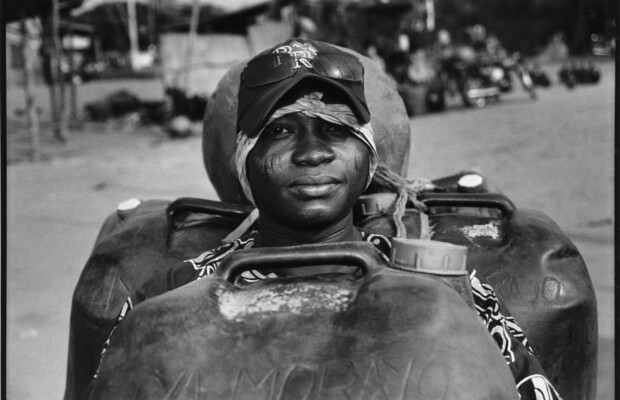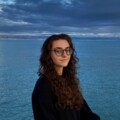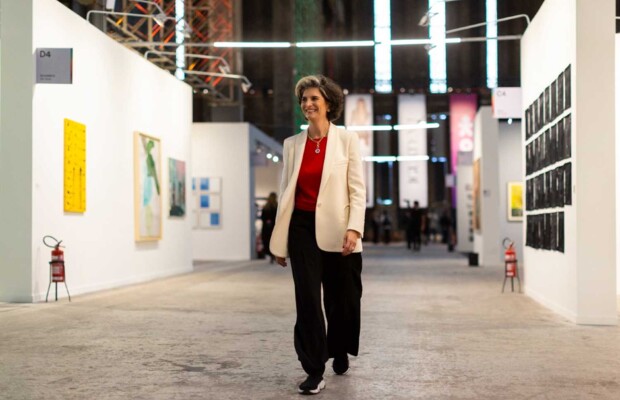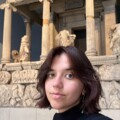Get to the Olympics of the art world
Marta Czyż talks to Dawid Radziszewski, the owner of Dawid Radziszewski Gallery (Warsaw), a gallery participating in Art Basel 2023
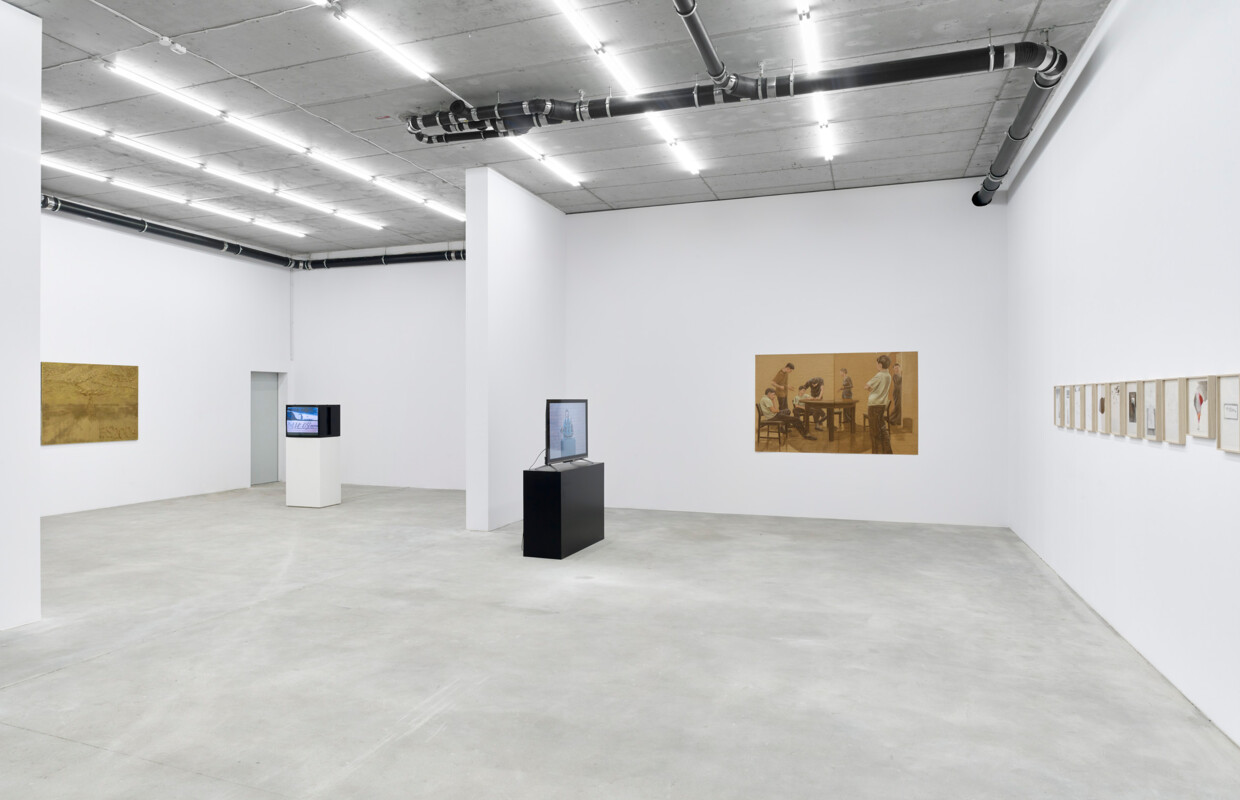
Marta Czyż: You set up your first gallery, which was called Pies (A Dog), in Poznan in 2005. You were 20 years old at the time. What was the location?
Dawid Radziszewski: The gallery was located in a place that had been a studio before the war. It was such a youth initiative, it was dirty and cold there. A great place.
MC: You closed the gallery in 2012, moved to Warsaw and founded the Dawid Radziszewski Gallery. What was distinctive about the programme of the gallery?
DR: First of all, when I founded the gallery Poland was a completely different country. We didn't have that kind of contact abroad yet, it was reserved for some people from Warsaw, a few curators and maybe two galleries.
At the age of twenty I had a very vague idea of the world of foreign art, contacts and cooperation, I had probably only been to Kassel for documenta and that was probably it. But for that I had, as it seems to me today, a reasonable orientation in our local scene. Everything was done without money, which in Poland at the time really meant zero funds for anything. Money was only for food and I didn't have too much of it either. After a few years I started to get tired of it. Besides, I decided to become very rich and famous, so I moved to Warsaw, where there are a lot of rich and famous people who understand my needs. There was no programme, I was showing artists that I liked. It's the same now.
MC: This year will be your first time participating in the main section on Art Basel Fair. What was your path to this venue like? After all, it's not the first time you've been to Basel.
DR: My path looked pretty standard. First, I went to the Liste fair, this happened in 2014 straight after my first year of having the gallery in Warsaw, which was probably, relative to the timing of my career, the biggest success, comparable to now being in the main section of Art Basel. At that time, I had a solo show by Łukasz Jastrubczak, an artist we no longer work with, but with whom we worked very closely at the time. Then I was at Art Basel in the Statements section and I was showing a performance by Joanna Piotrowska, that was in 2017.

DR: Then the next year I was back on Liste and then already Art Basel, in 2021 I had a booth shared with the Portuguese gallery Madragoa in the Galleries section. Because of the Pandemic it appeared to finally be a room for us, but a year later I dropped down to Features, but had a simultaneous presentation by Louisa Gagliardi (along with two other galleries at Unlimited). This year I'm in the Galleries section again and finally I have my own stand. For most people these names of the sections don't matter a lot and the only difference is the colour of the plaque on the stand, but it has been a very important and long road for me.
From the beginning I had a goal to get to the Olympics of the art world. I did, I succeeded. All my artists and collaborators helped me to do it.
MC: What does a professional gallery mean to you today? Are art galleries in Poland and abroad very different in this respect?
DR: Galleries in Poland differ from foreign galleries in that they are inferior. What I want is not only to deepen the market, but above all to broaden the formula of art that can not only be shown, but also sold in galleries. In short, the idea is that the market should refer in a straightforward way to what the art world deals with in museums and galleries and not flatter the tastes of amateurs.
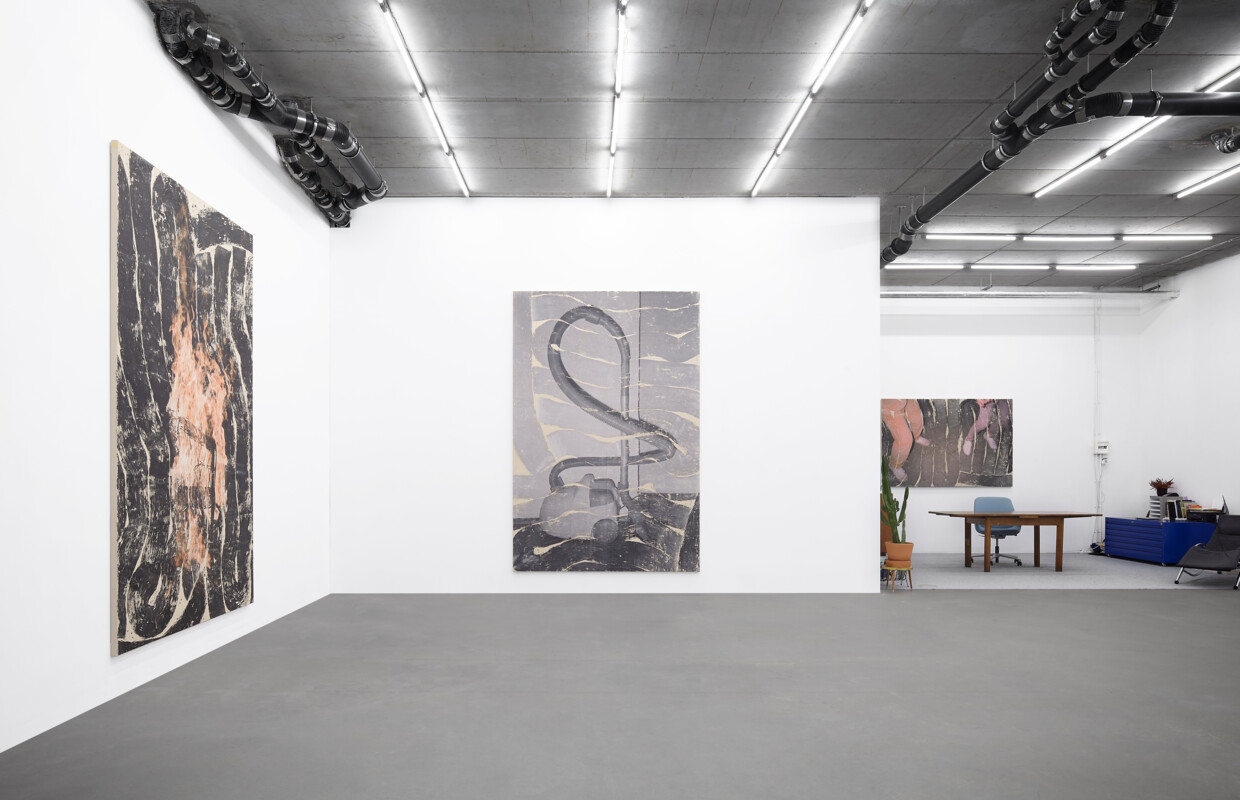
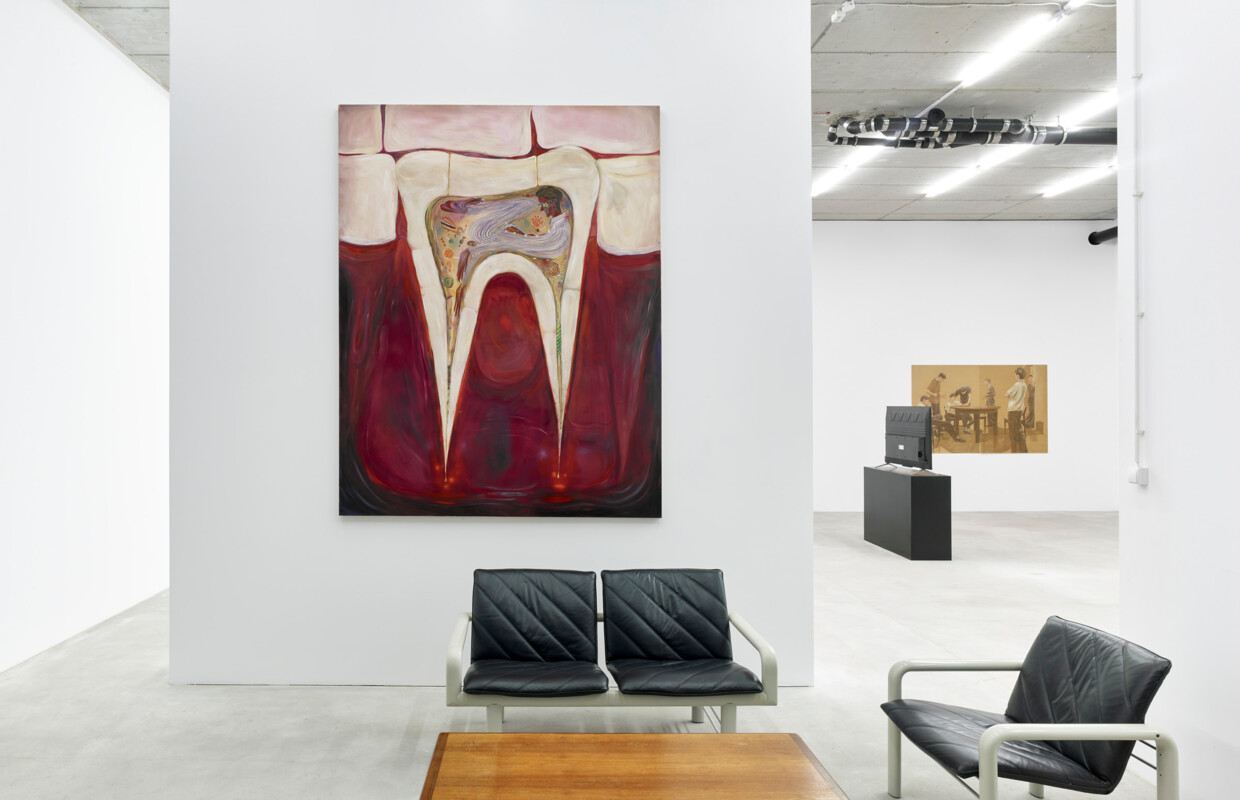
MC: The 1990s in Poland was only the beginning of the free market, where the art market was virtually non-existent. What stages would you describe what happened on the art market in Poland after 2000?
DR: The art market in Poland lags significantly behind the markets for other products and goods. There is a simple explanation for this process. First there had to be a base of all these goods so that paintings could be bought. First you have to put up a villa in an exclusive suburb of Warsaw, for example in Konstancin, so that you have something to hang there. The market is insatiable all the time, so the entry threshold for both collectors (which is good) and galleries is low. Maybe it's even too low at times, but it's better than the gated gallery scene of the big art metropolises in the West.
MC: How big an impact has Warsaw Gallery Weekend had on the development of the art market?
DR: Big, because it builds a good atmosphere, maybe even too good.
MC: Which galleries do you go to?
DR: Lately my favourite Warsaw galleries have been Polana Institute and Leto.
MC: How many collectors do we have in Poland and what are they most interested in?
DR: I don't know, not many. Paintings.
MC: How much interest is there in Polish art abroad?
DR: I don't think it matters so much today if certain art pieces are coming from Poland. Anyway, of my artists, only two live in Poland, or more precisely in Krakow. It's quite a specific city which is hard to move out of.
MC: Is it difficult to sell the work of foreign artists in Poland?
DR: It is, but it is changing.
MC: Which Polish artists are most recognisable abroad at the moment?
DR: I don't know, but I know which Polish galleries are the most recognisable and which are not at all. It's a knowledge I don't share with anyone when I go back to my homeland.
Share the post:




